- Good range
- Excellent charging speeds
- Sportier models incoming
- Small trunk
- Unconventional exterior
2026 Hyundai Ioniq 6 – Overview
Offering an attractive starting price, impressive driving range estimates, and sleek styling, the 2026 Hyundai Ioniq 6 stands out as a strong electric sedan option in a market increasingly dominated by EV SUVs. This year’s model receives a tasteful refresh that enhances its curb appeal, making it even more eye-catching on the road. While Hyundai has yet to release details about updates to the powertrain or battery, we anticipate modest improvements in EPA range, which already ranks near the top of its class with up to 342 miles on a full charge. The previous model featured both a single-motor rear-wheel-drive and a dual-motor all-wheel-drive configuration, and it’s expected that Hyundai will continue offering these options for 2026. We’ll provide more information as it becomes available, but for now, the Ioniq 6 remains a highly attractive choice for those shopping for an electric vehicle.
When Is The 2026 Hyundai Ioniq 6 Coming Out?
Hyundai plans to release the 2026 Ioniq 6 in the fall of 2025, making it available at dealerships by late 2025 or early 2026. This timeline gives buyers the chance to experience Hyundai’s latest innovations in electric mobility.
What’s New for 2026 Hyundai Ioniq 6 ?
For 2026, the Hyundai Ioniq 6 receives a refreshed design featuring a more streamlined front fascia, slimmer and sharper exterior lighting, and new wheel designs that add to its modern appeal. Inside, the cabin is updated with a redesigned three-spoke steering wheel, a revamped center console layout, and enhanced materials on the door panels for a more premium feel. Adding excitement to the lineup, Hyundai introduces a sporty N Line trim, and early photos hint at the upcoming high-performance Ioniq 6 N model, promising even more dynamic driving capabilities.
Pricing and Which One to Buy
The 2026 Hyundai Ioniq 6 is anticipated to start at approximately $40,000, with higher trims and additional options pushing the price up to around $53,000.
| Trim | Starting MSRP (est.) |
|---|---|
| SE |
$40,000 (est)
|
| SEL |
$47,000 (est)
|
|
N Line
|
$50,000 (est)
|
|
Limited
|
$53,000 (est)
|
While Hyundai has yet to officially reveal details about trim levels, packages, or exact pricing for the new model year, we’ll update this review as soon as that information becomes available. Once full specs and pricing are announced, we’ll provide a clear recommendation on the best trim to consider for most buyers.
Interior, Comfort, and Cargo
Hyundai continues its focus on creating a lounge-like atmosphere inside the Ioniq lineup, and the Ioniq 6 lives up to that reputation. The cabin features a modern, minimalist design similar to the Ioniq 5, complemented by a flat floor that enhances the sense of spaciousness for passengers. As a traditional four-door sedan, it comfortably seats five people across two rows. Hyundai has also prioritized cabin quietness, incorporating multiple layers of sound-deadening materials beneath the floor and carpeting to reduce road noise. While the trunk space may not match the versatility of a hatchback or crossover, the rear seats fold down to provide additional cargo room when needed.
Infotainment and Connectivity
The 2026 Ioniq 6 comes equipped with dual 12.3-inch displays—one serving as the digital gauge cluster and the other as the infotainment touchscreen. It runs Hyundai’s familiar software platform, featuring BlueLink connectivity that enables remote vehicle control and status updates via a smartphone app. Additionally, seamless integration with Apple CarPlay and Android Auto ensures effortless smartphone connectivity for navigation, music, and communication.
Warranty and Maintenance Coverage
Hyundai continues to offer one of the most generous warranty packages in the industry with the 2026 Ioniq 6, although the complimentary scheduled maintenance plan has been discontinued starting this model year. The coverage includes:
-
A limited warranty lasting 5 years or 60,000 miles
-
Powertrain coverage for 10 years or 100,000 miles
-
Battery warranty also for 10 years or 100,000 miles
While routine maintenance will no longer be complimentary, the extensive warranties provide peace of mind for long-term ownership.
2026 Hyundai Ioniq 6 Specifications
| Specification | Detail |
|---|---|
| Powertrain | Electric, RWD or AWD |
| Horsepower | Up to 320 hp |
| 0–60 mph | 5.1 to 6.0 seconds |
| Battery Range | Up to 330 miles (EPA) |
| Charging Time | ~18 min (10-80% fast charge) |
| Cargo Capacity | 16 cubic feet + frunk |
| Infotainment Display | 12.3-inch curved touchscreen |
| Safety Features | Adaptive cruise, lane assist, blind spot, emergency braking |
| Warranty | 10 yrs/100K miles powertrain; 8 yrs/100K battery |
Final Verdict
The 2026 Hyundai Ioniq 6 stands out as a compelling all-electric sedan with a sleek design, solid range, and a well-equipped interior. It’s a strong contender for those seeking an EV that balances style, technology, and practicality at a reasonable price point.
2026 Hyundai Ioniq 6 Videos
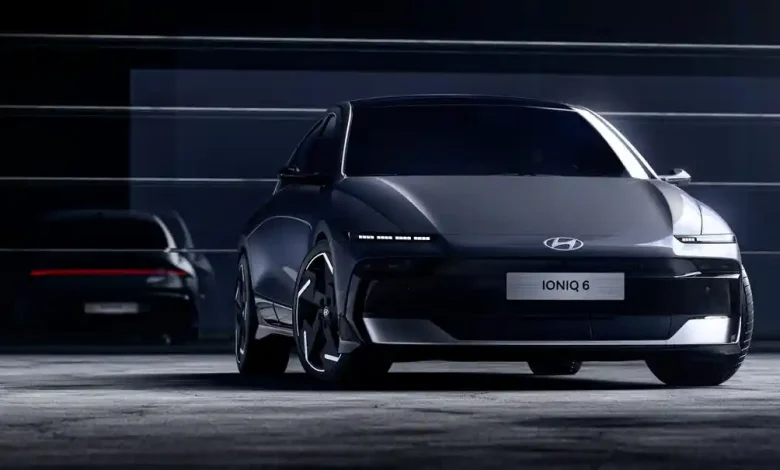
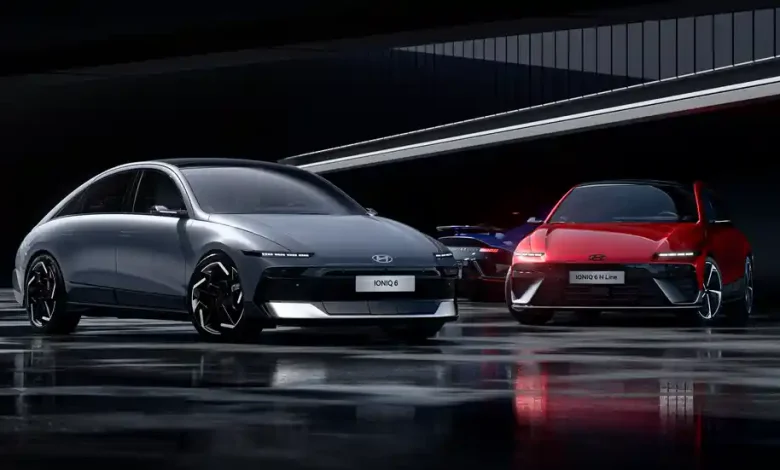
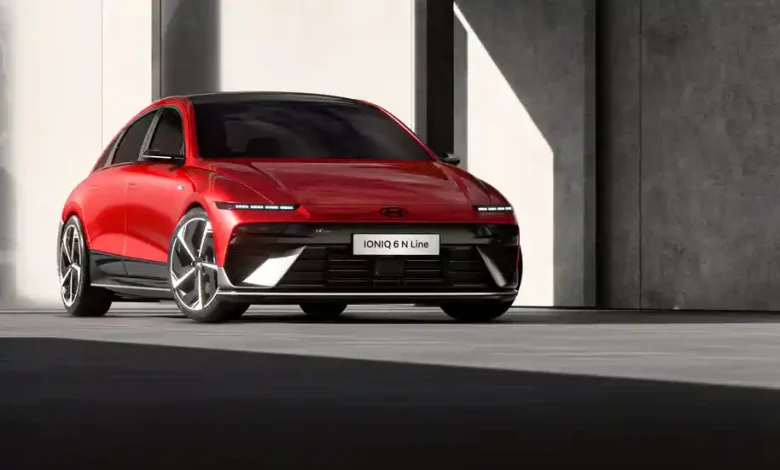

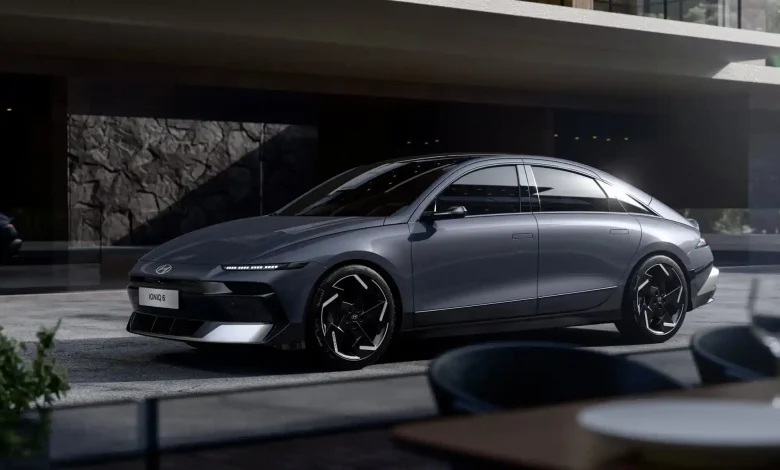
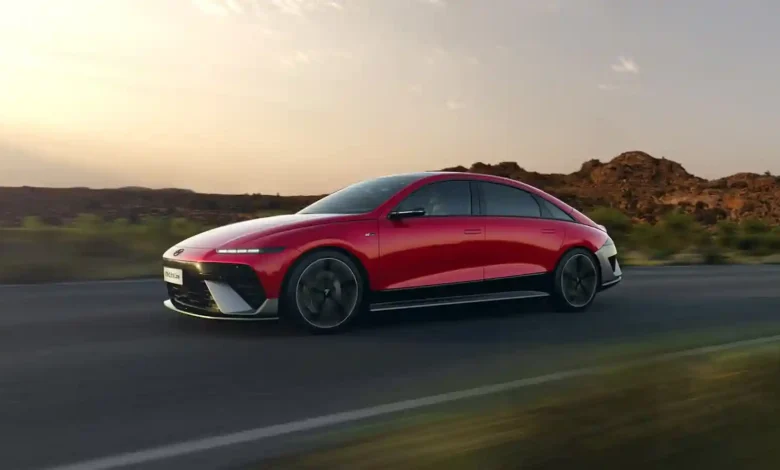
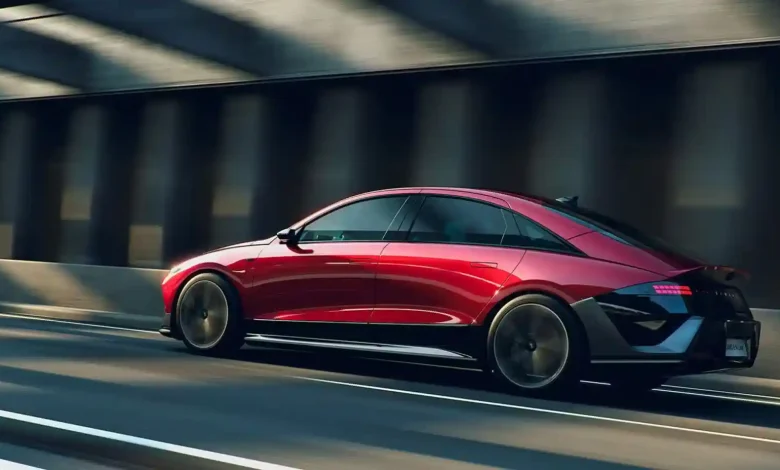
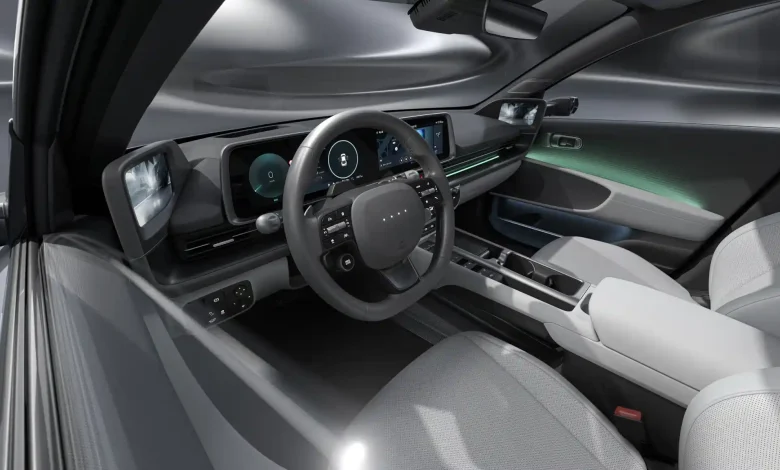
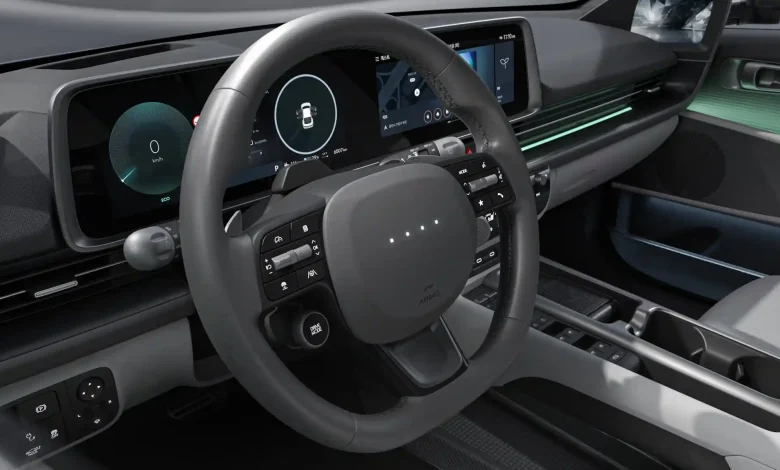
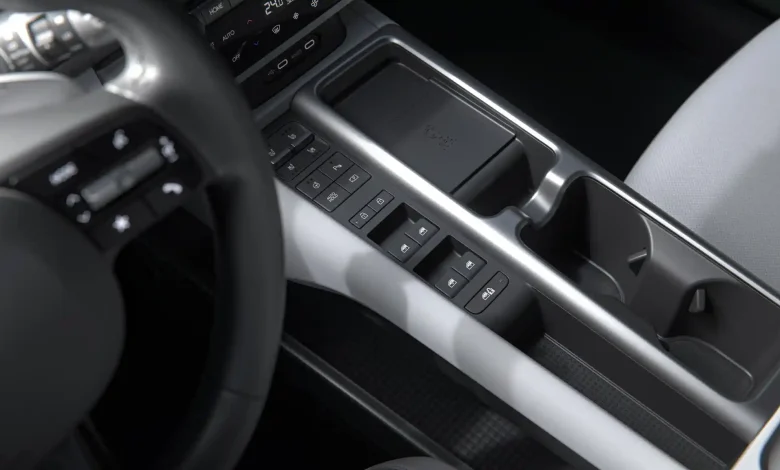
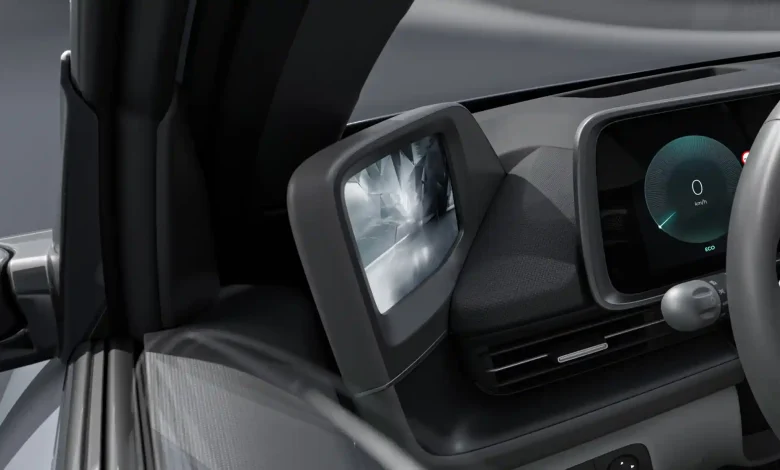
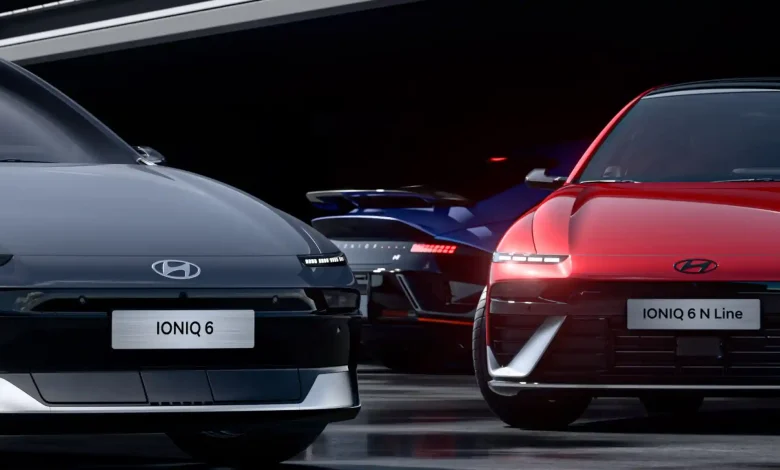
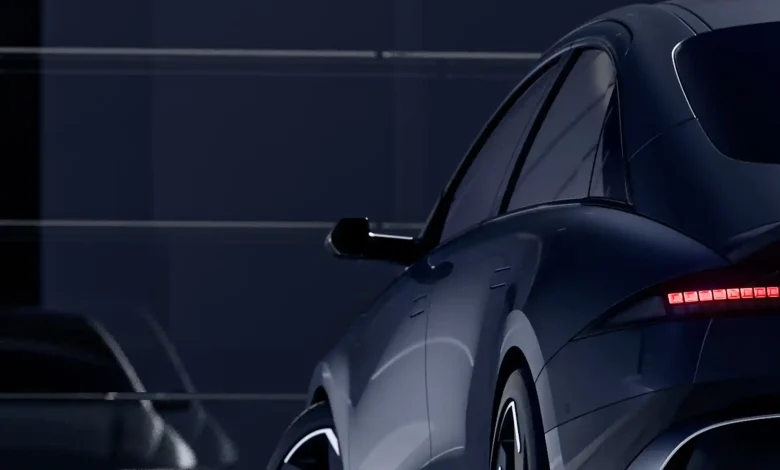
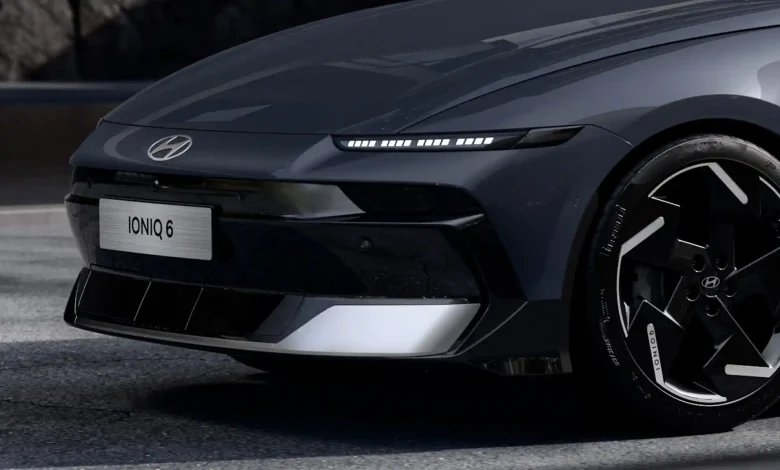
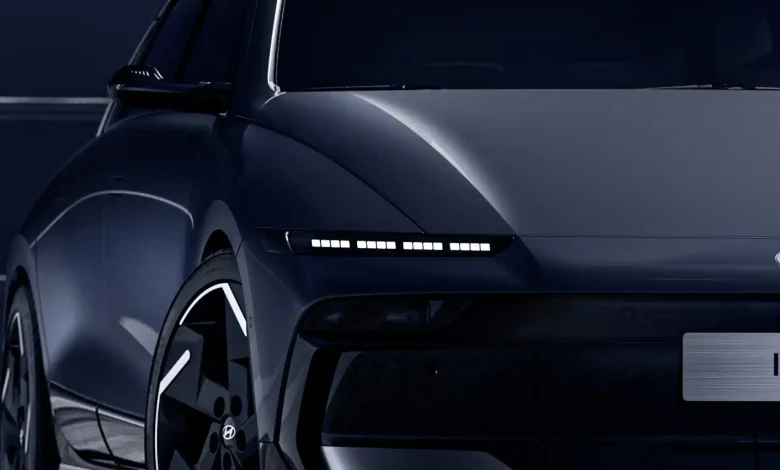
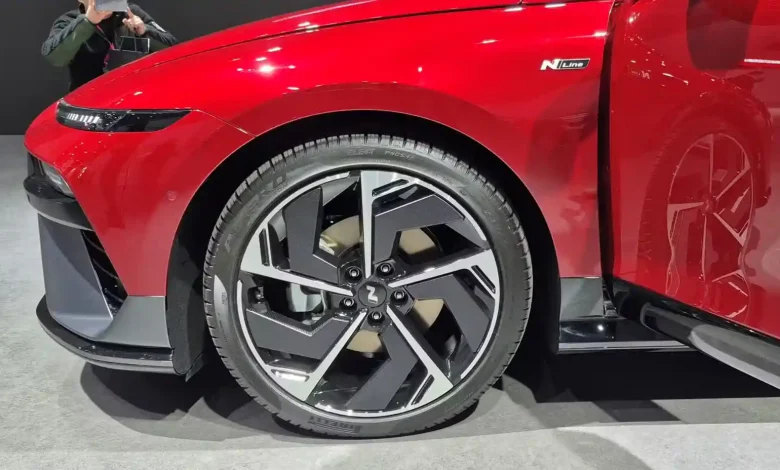
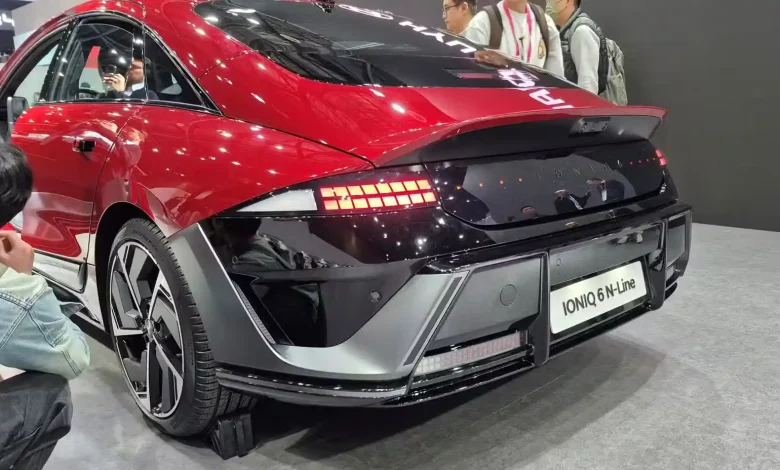
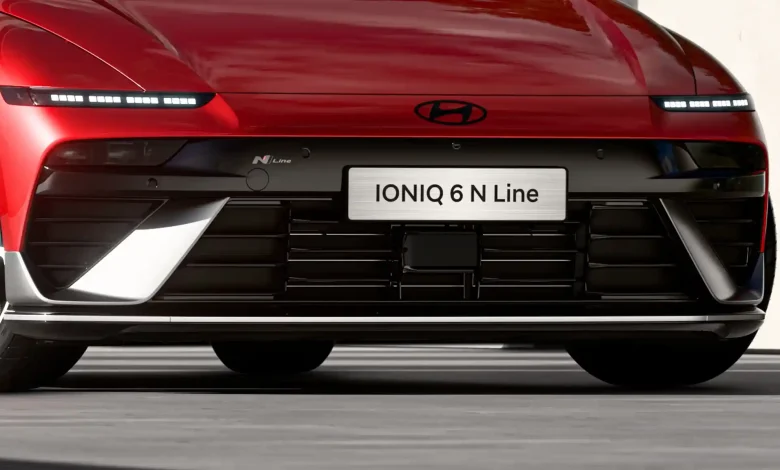

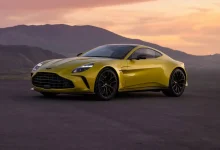
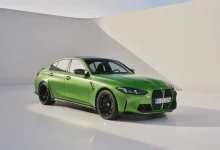
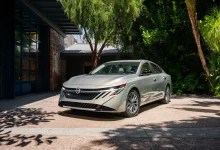
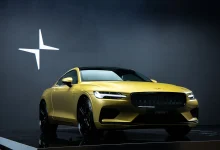
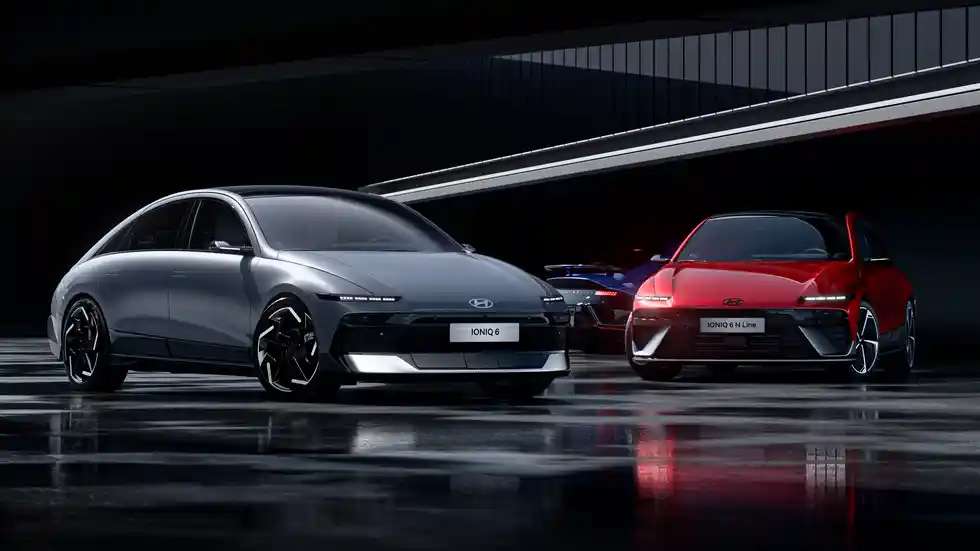
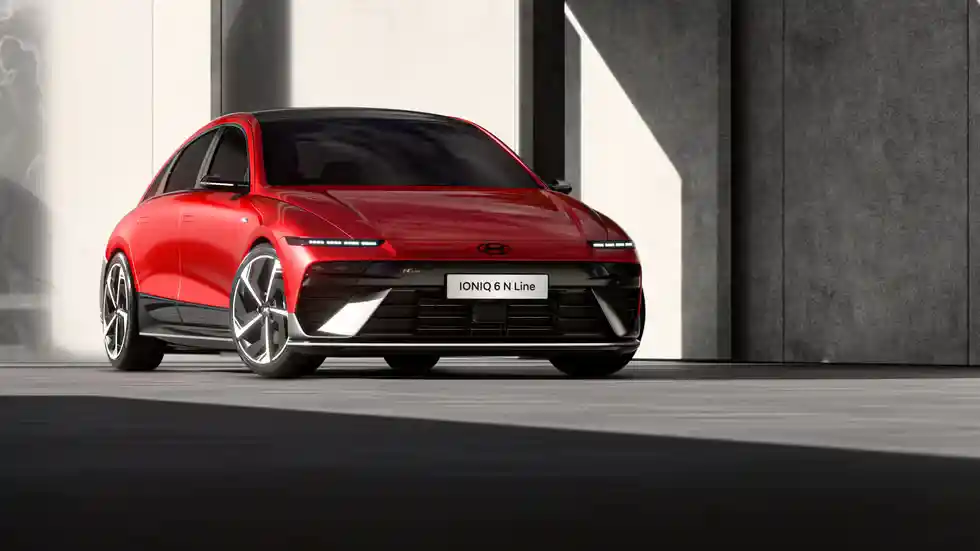
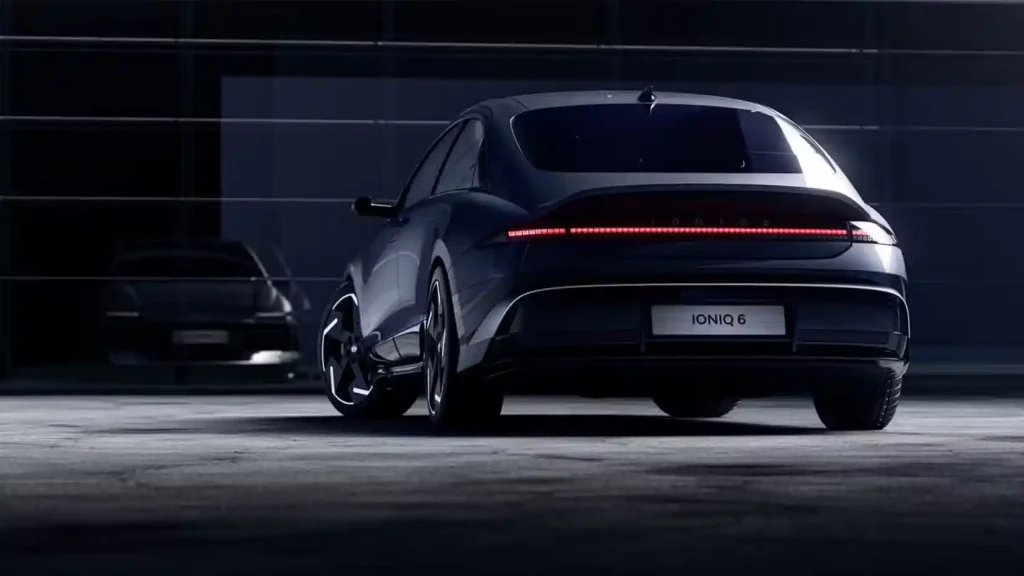
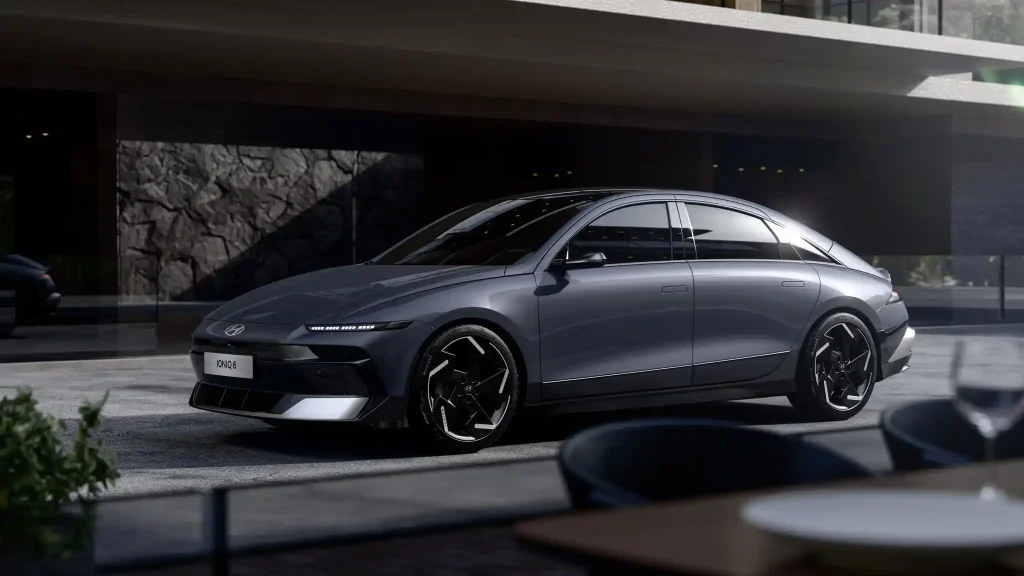
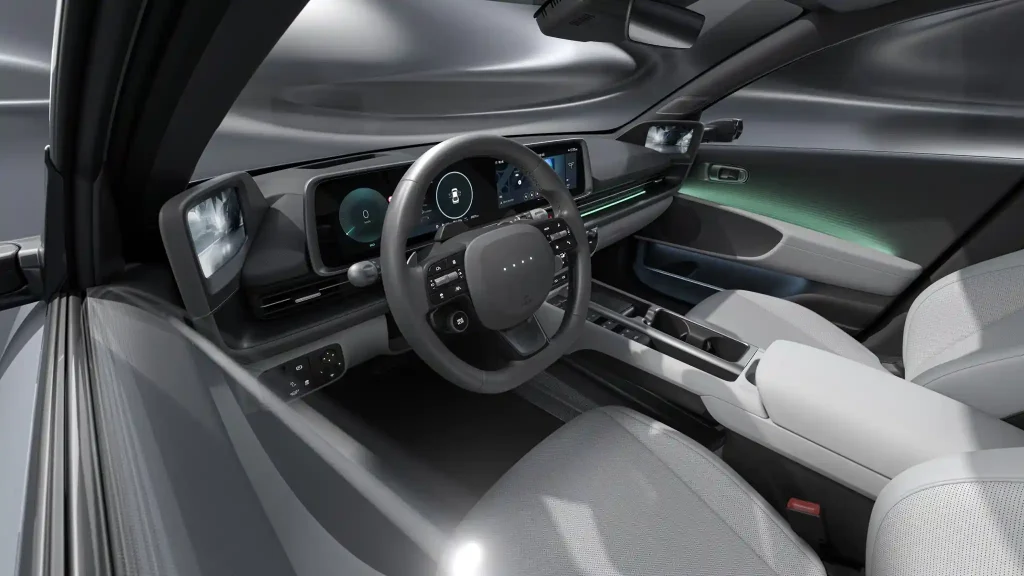
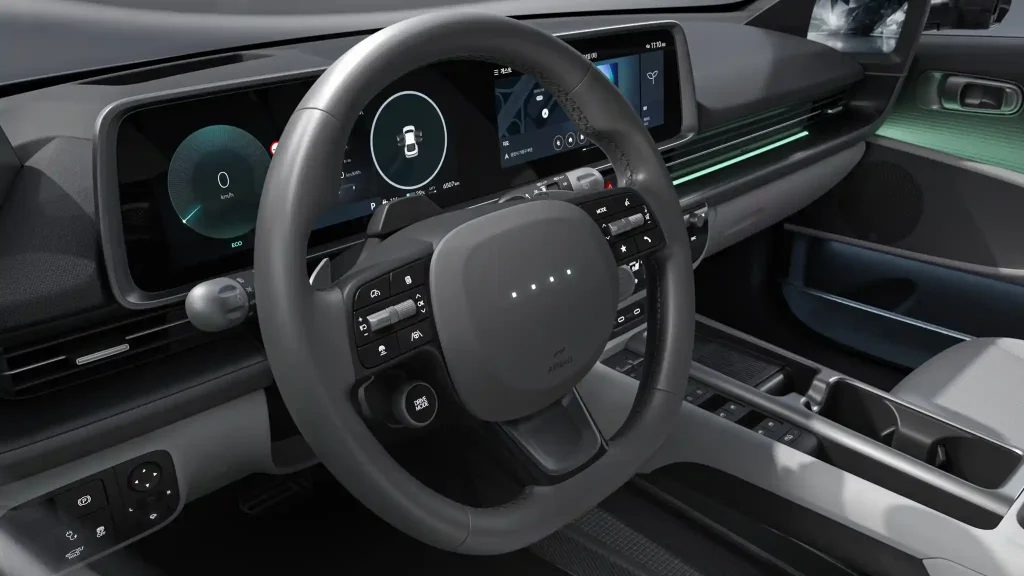
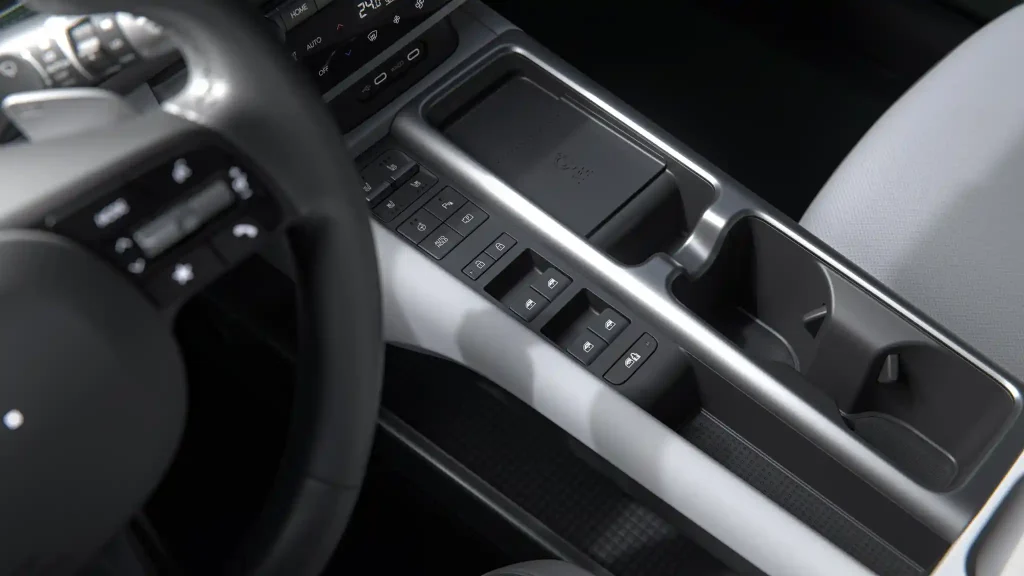
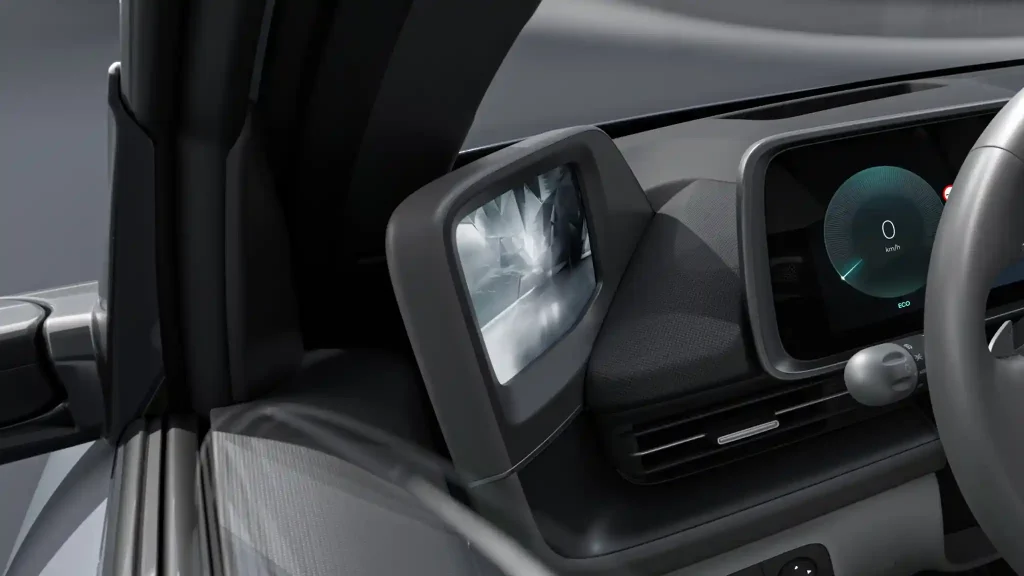
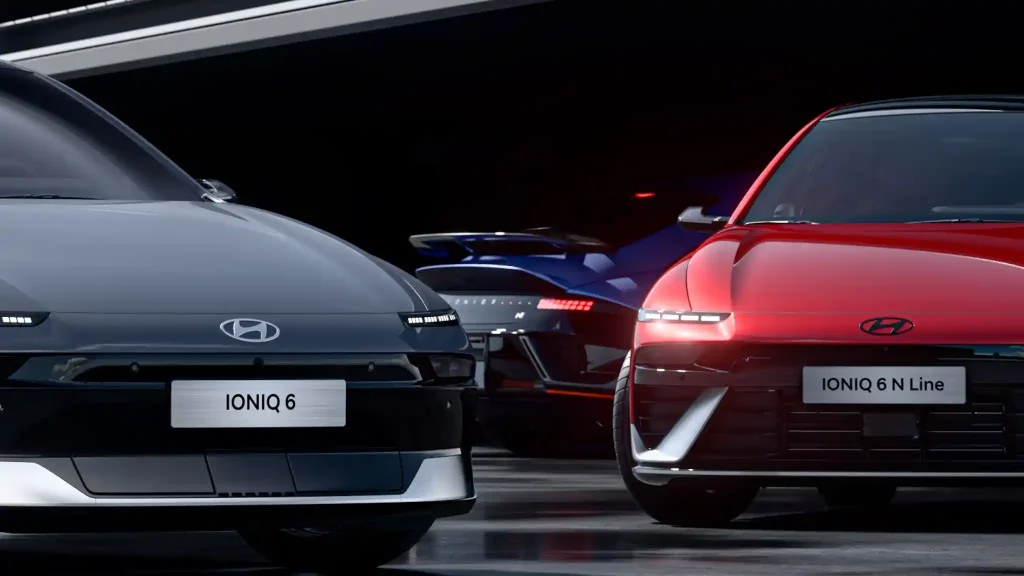
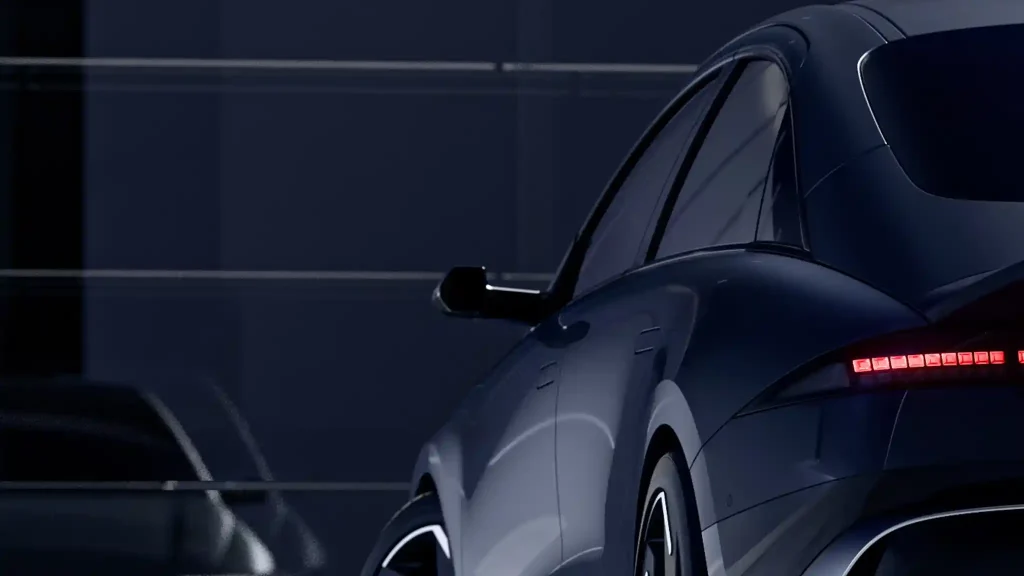
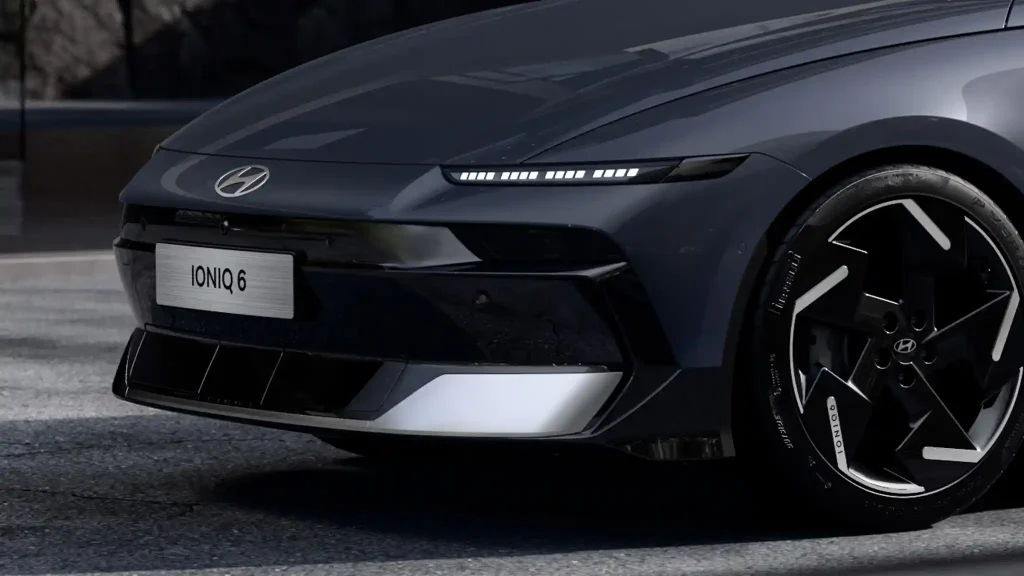
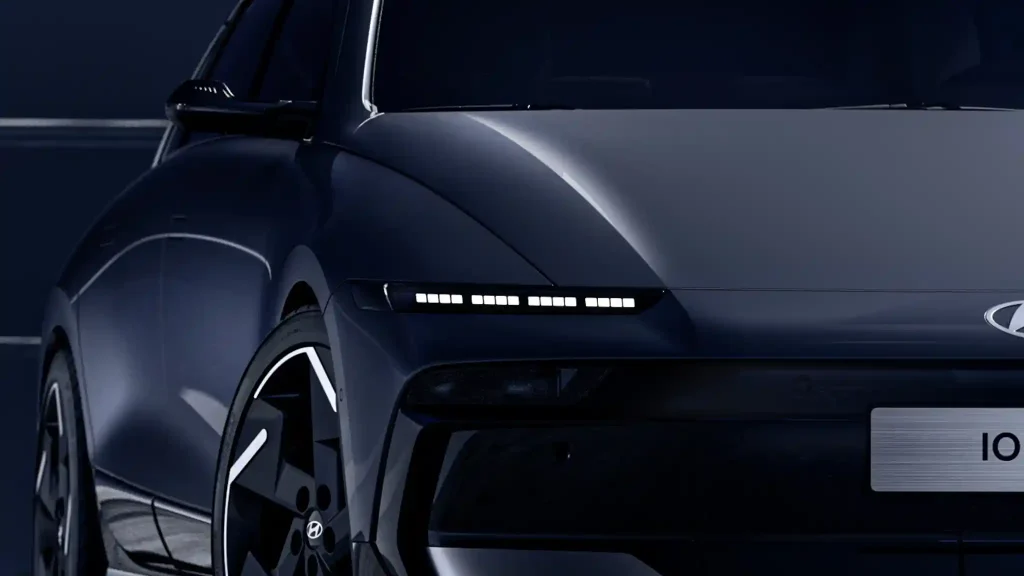
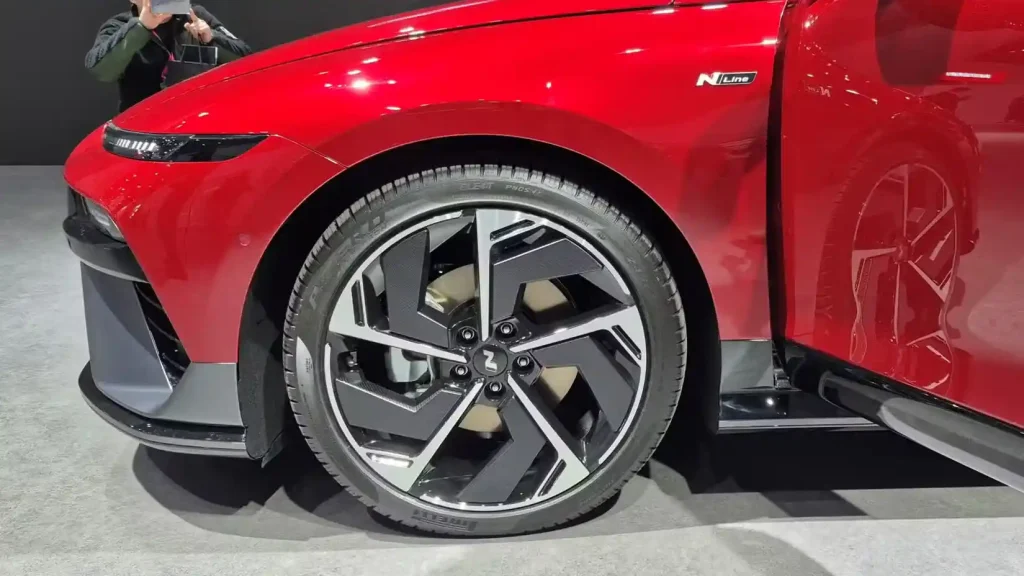
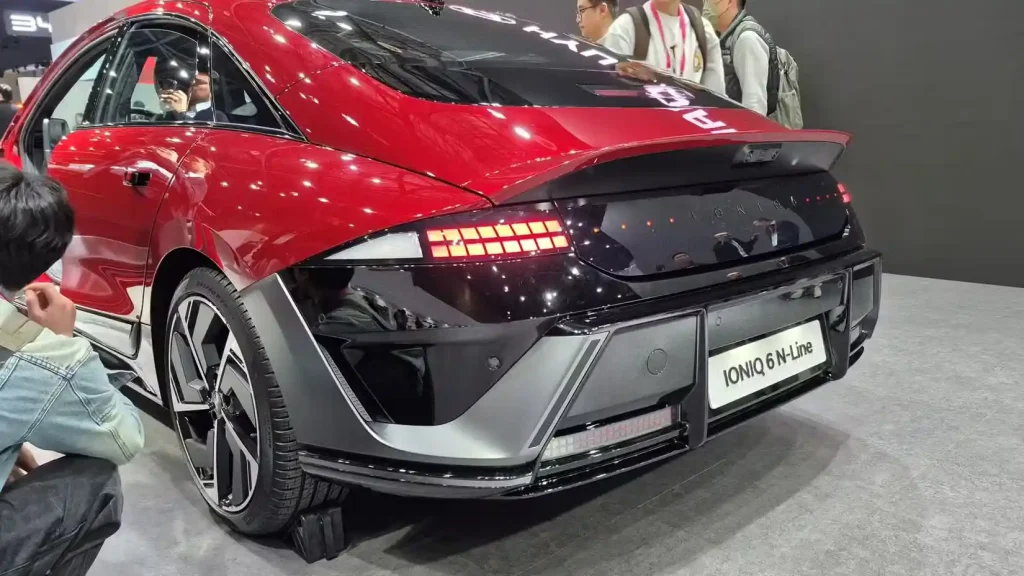
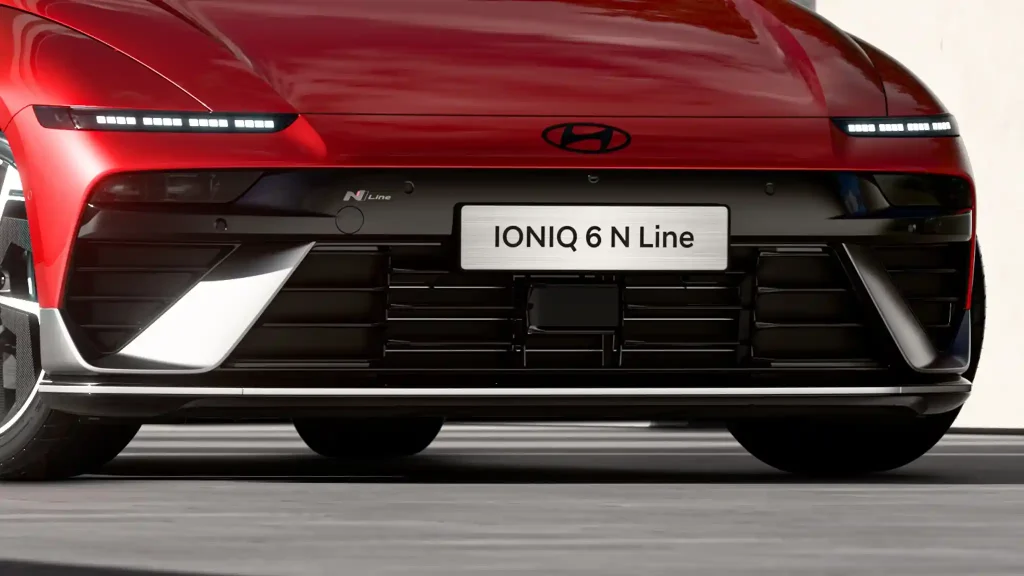
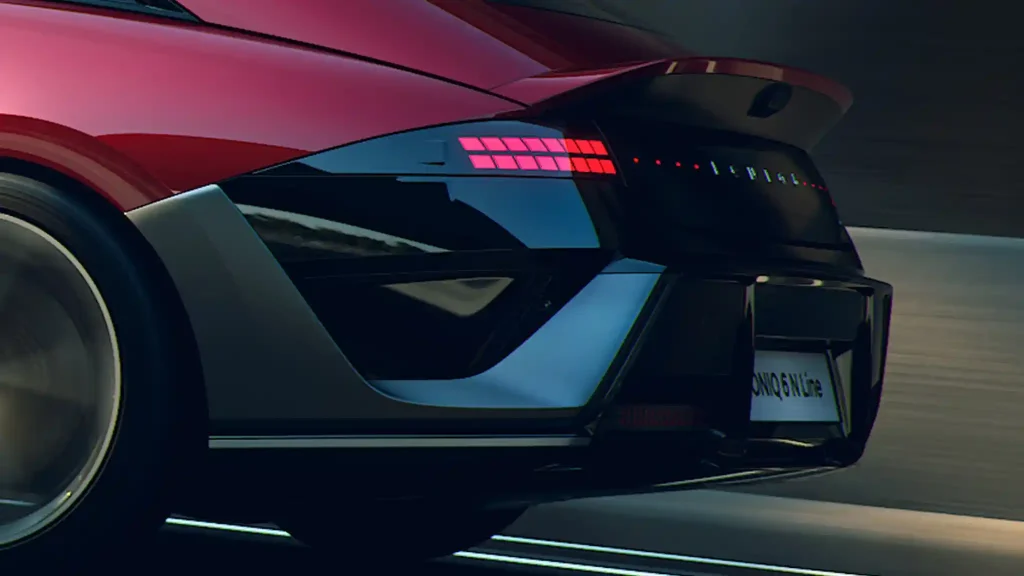
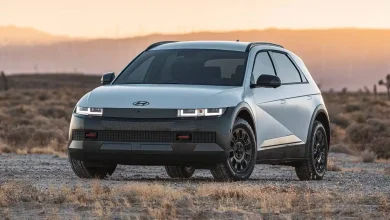
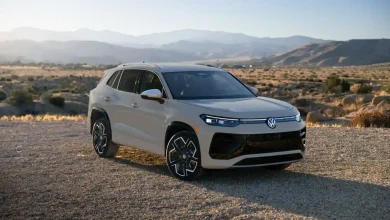
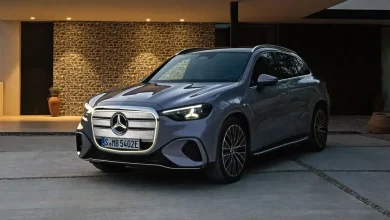

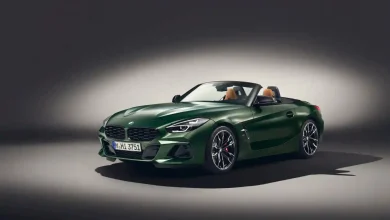
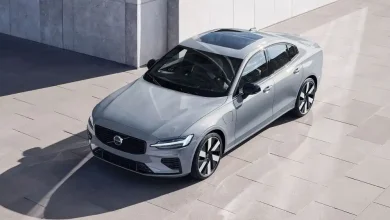
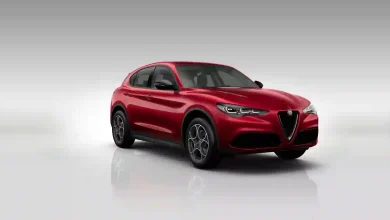
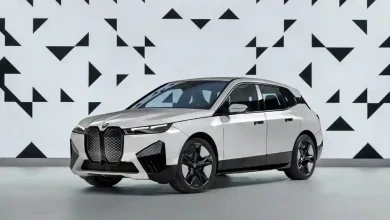
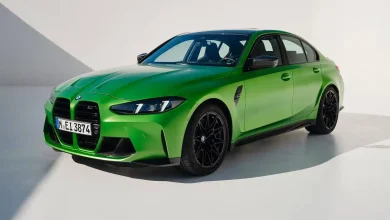
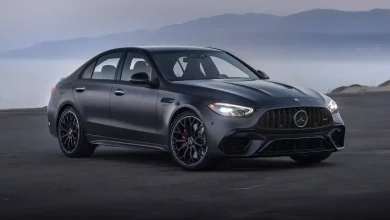
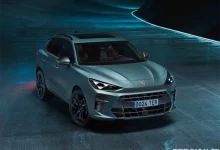
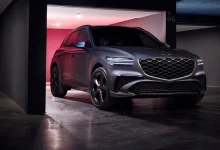
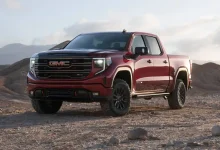
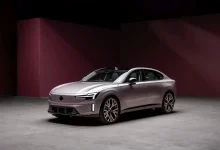
One Comment